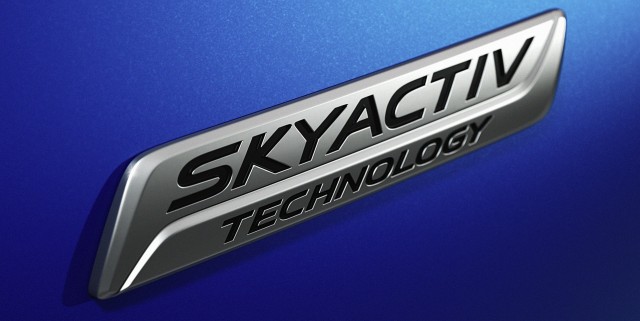
Mazda will launch its second generation of Skyactiv engines by the 2020, with a view to improving fuel economy by 30 per cent.
The ‘Skyactiv 2’ engine range, as it will be known, is set to supersede Mazda’s current line-up of Skyactiv engines, even though the Japanese car maker is still rolling its full range out.
The second-generation engines will focus on improving internal combustion to reduce fuel consumption rates, and will also be made compliant with strict European emissions regulations, which will require engines to emit 95g/km of CO2 or less by 2020, and 65g/km CO2 or less by 2025.
“If we want to dramatically improve fuel economy from here, the only route is through lean burning,” Mazda executive officer for powertrain development Mitsuo Hitomi told industry journal Automotive News.
“The next step is the 2020 European regulations. It [Skyactiv 2] must help us with that.”
Hitomi also indicated the 2025 regulations may require development of a third generation of Skyactiv engines.
Hitomi’s comments means Mazda’s current range of Skyactiv engines will be less than a decade old when they are superseded. First seen in 2011 with the facelifted second-generation Mazda 3 (pictured above), Mazda’s Skyactiv range uses a high compression ratio of 14:1 to help reduce fuel consumption. The Skyactiv 2 range would seek to use a compression ratio closer to 18:1 to achieve Mazda’s goals.
It will also use homogenous charge compression ignition (HCCI) to reduce nitrogen oxide emissions, and improve fuel economy.
One challenge for Mazda will be management of the HCCI technology; engineers will need to manage the number of revolutions in the engine, as too many would cause the risk of a misfire, while too few would result in too-low temperatures for effective operation.
Hitomi also said the focus on compression ratios means Mazda can forego development of a new transmission, as the current range’s six-speed automatic will be satisfactory when paired with Skyactiv 2 engines.





